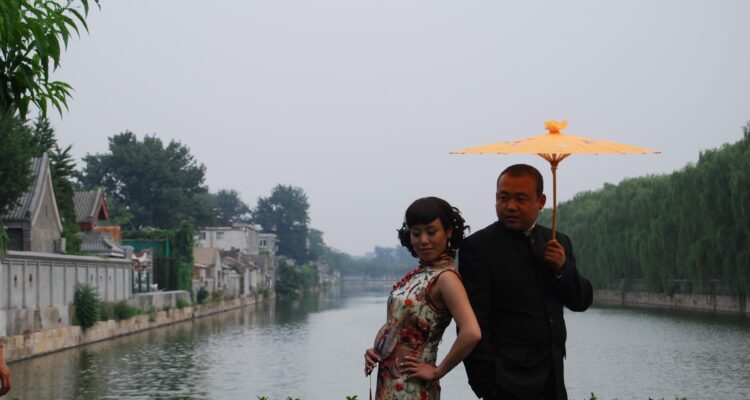CHINA // ANALYSIS – Decades of strict birth control in China is being eased. Too many elderly and too few younger people to support them means that after four decades of the contrary, young Chinese will soon be encouraged to have children – perhaps even out of wedlock, which has so far been both forbidden and punishable.
I have looked at what China’s 14th Five-Year Plan means for the birth rate …
The Chinese Masses are Shrinking
Reproduction in China was at a 60 year low last year; as low as during the 1961 Great Famine. That tragedy was triggered by China’s 2nd economic Five-Year Plan, Mao Zedong’s huge industrialisation vision also known as the Great Leap Forward. At least 20 million people died of starvation, and the lack of nutrition left many Chinese barren, which led to the disproportionately low birth rate.

Almost one-fifth of the Chinese are over 60 years today. And last year, ‘only’ around 14.5 million children were born in China. Therefore, the zealous population policy which was introduced in 1979 as part of Deng Xiaoping’s great economic reform has quietly been removed from the 14th economic Five-Year Plan, which was announced in early November. According to most projections, in 80 years, the Chinese population will be reduced to half. Hence this showdown with China’s four decades of strict birth control.
Some years back, I visited the Deputy Minister of Family Affairs of China, in what was then the National Population and Family Commission; a wonderful woman who was redirecting the course from zealous birth control to greater reproductive care for mothers and children. At the time the number of only children in China was still a state secret, but the Commission estimated that 40 per cent of all families had only one child.
Soberly, the Deputy Minister stated that China’s family planning policy had ‘spared’ the world from app. 400 million people. This meant that in the first 15 years of population control, some 400 million fewer Chinese were born than would have been the case had the birth rate not been politically controlled. In comparison, the EU has a total of 445 million inhabitants, and the US 332 mill.
At the founding of the People’s Republic in 1949, there were 500 million Chinese. During the great famine 12 years later, the number was 660 million. Today, they are almost 1.4 billion Chinese in China. All projections estimate that by the turn of the century there will be app. half, namely 700 million Chinese.
On November 1, China began the country’s seventh census since the establishment of the People’s Republic. Information on population, demographics, education, employment, marital status and everything else is calculated. It is a major operation in which seven million census takers ring doorbells and count residents across the country, while also harvesting vast amounts of personal digital information from China’s massive record of the individual Chinese’s comings and goings.
Population Policy of Different Eras
Mao Zedong, the founder of New China, considered ever growing Chinese masses a useful weapon against a hostile outside world. The Masses had to dilligently reproduce to ever increase the number of able-bodied Chinese to defend and serve China.
Mao’s successor, Deng Xiaoping, eyed in horror developments in other countries with population explosions such as India and Bangladesh, and in 1979 introduced population policy. The argument was that rather than encouraging the birth of too many children, destined for hunger, scarcity and misery, child bearing should be restricted in order to be able to feed Chinese children and thus ensure them – and ultimately all Chinese – a decent life. At the time, only 15 per cent of China’s population lived in cities and 85 per cent in the countryside. Today, 60 per cent of the Chinese are city dwellers, while 40 per cent remain in the countryside.
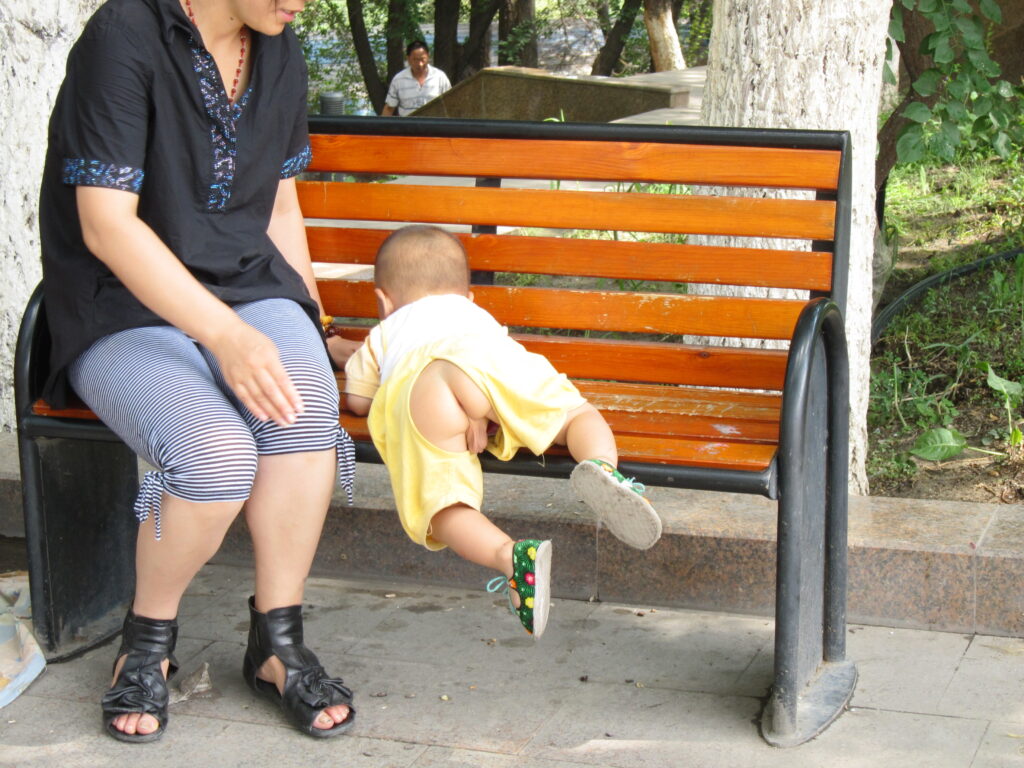
Deng decreed that married couples in the cities were allowed only one child, while the rural population could have more, as it was – and especially in the countryside still is – crucial that a son remains at home with the parents and provides for them in their old age. The son must ‘be a dragon’, succeed, marry and import a wife into the household to carry on the family line as well as to support and care for the parents.
To this day, China does not provide a national pension scheme that the majority of the elderly can live on. Hence the need for children to take care of their parents; a traditional necessity which was enshrined in the constitution a few years ago in an attempt to ensure that the elderly are provided for as well as to trying to prevent their getting lonely. Since the traditional family pattern with several generations under one roof basically disintegrated with Deng’s population policy, the elderly had their right to be provided for by their children enshrined in China’s constitution. This means that adult children are constitutionally bound to call on their parents (or at least call them and hear how they are doing), visit, take them to the cinema etc. and arrange holiday excursions with them.
China’s Old-Age Burden
Because of the Chinese’s Confucian predilection for boys, women and girls make up just 48.7 per cent of China’s population. Traditionally, girl children are married off to another family, which has nurtured belief that it doesn’t make sense to bring up, let alone educate girls. Their possible education does not benefit the girl’s own family, but the in-laws’.
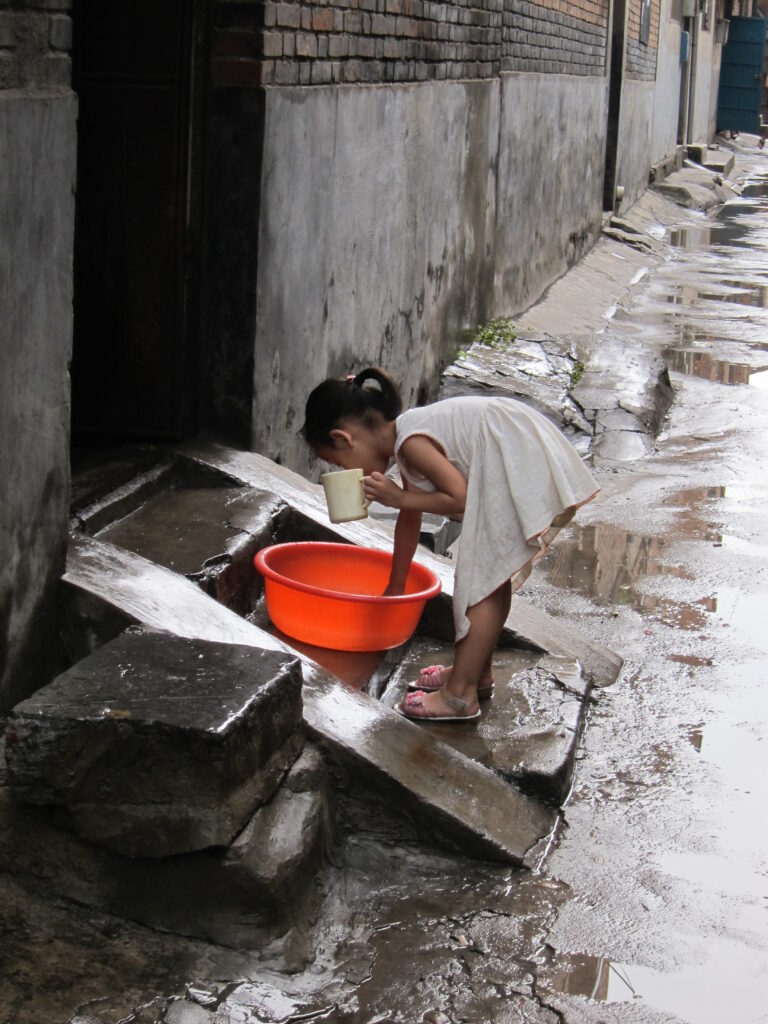
In-laws don’t want baby girls either, so earlier, many newborn girl children were simply left to die by exposure. However, this brutal custom dwindled with the introduction of prenatal screening to determine the gender of a fetus. Since then, many girl fetuses have been forcibly aborted, i.e. they have not been born. It is, of course, illegal, but nevertheless common for in-laws to obtain both gender determination and abortion through bribery, which has led to the deficit of women in China.
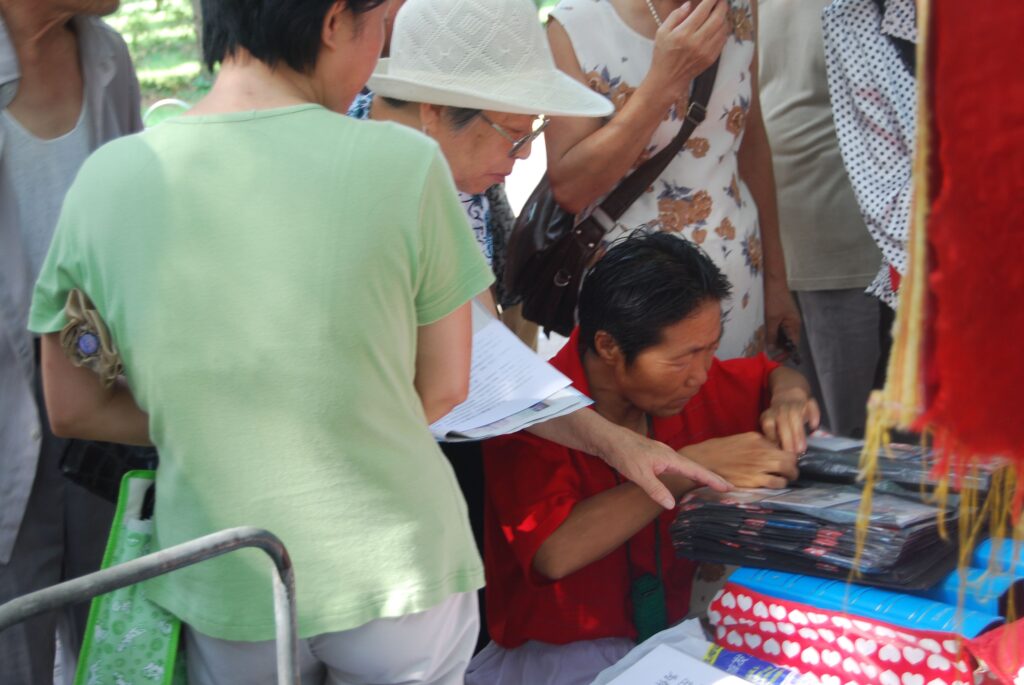
Another consequence of Deng Xiaoping’s reforms 40 years ago is that young urban women have generally become better educated and are given wider choices, which has led to their having a greater say their own lives. I don’t know the statistics (the relevant stats will hopefully come with the new census), but there is a tendency that young urban women nowadays (family finances permitting) refuse to be married off into a traditional marriage and sometimes opt out of relationships completely.
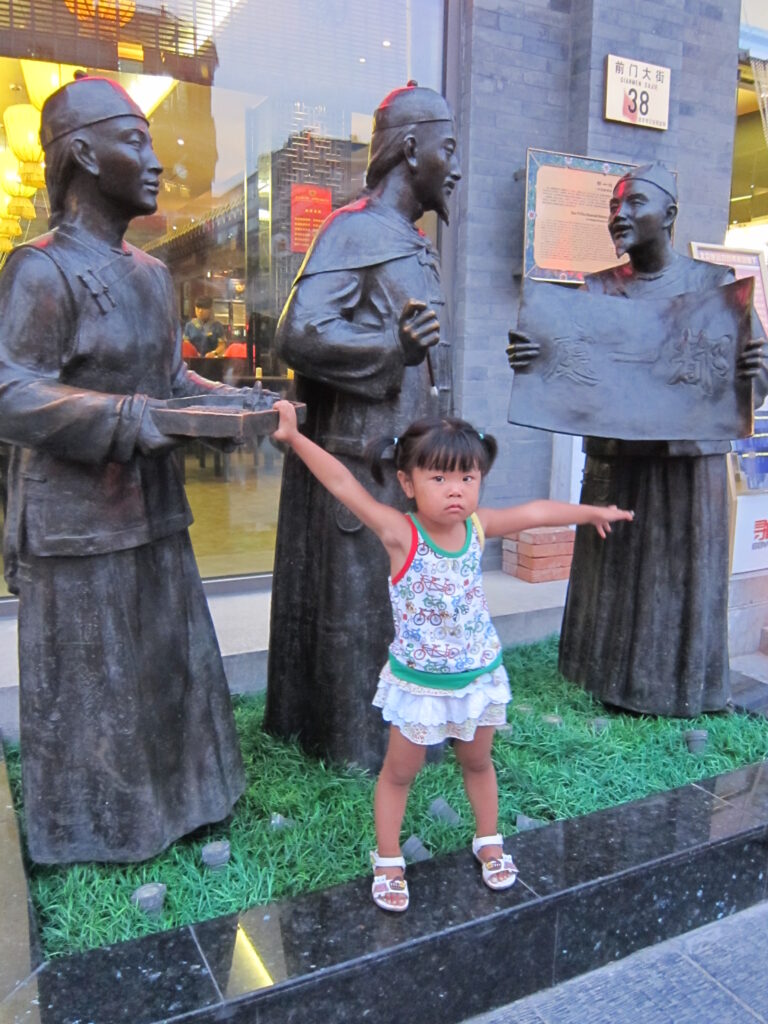
Population growth in China is a modest 0.4 per cent. Women give birth to an average of 1.7 children. Just under 18 per cent of the Chinese are under 15 years of age, while a corresponding proportion are 60 years or older. The population is rapidly aging. By 2035, one in four Chinese – or 25 per cent – will be over 65, according to a report this year from China’s Development Research Fund. In 2050, the proportion will be 28 per cent, which corresponds to the age distribution in Japan today according to the World Bank.
The 14th Five-Year Plan for the years 2021-25 heralds a national strategy to manage the shift in age distribution towards proportionately more elderly Chinese by ‘tapping the human resources of senior ages and developing a silver-hair economy’. In simple terms this means that the retirement age will be raised from 60 years to probably 65-67 years.
The authorities expect a decrease in weddings and thus births in this ominous corona year. In the coastal city of Ningbo, the 2020 birth rate will be 27 per cent lower than last year. This is despite the fact that population policy has been gradually relaxed, and that since 2016 married couples consisting of two only children have been allowed two children.
Clash with China’s Birth Control: “Improved, Inclusive Birth Policy”
In addition, efforts are now being made to encourage young people to have more children. In the new five-year plan, which covers 15 years, and runs until 2035, ‘family planning’ – i.e. birth control – is simply omitted, as mentioned earlier. Instead, it states that China will ‘improve its birth policy’ and make it more ‘inclusive’, which can be interpreted as meaning that it is no longer necessary to prohibit the birth of children born out of wedlock. According to the South China Morning Post, this means that young people will soon be allowed to decide for themselves how many children they want, although probably no more than four – a complete reshuffle of the family pattern, which equals the massive and overwhelming consequences of the introduction of Deng Xiaoping’s population policy in 1979.
Since many young people in the cities put careers and finances over a large family, time may well have run out for encouragements like these. For 40 years, the traditional Chinese extended family has shrunk to near-extinction, especially in the cities, to small nuclear families with only one child and no siblings and cousins. Since 1979, the initially incredibly rigid population policy has completely shattered traditional Chinese family structure, where a widely extended family with many sons, nephews and cousins was crucial to livelihood as well as a family’s esteem, legacy and entire existence.
This article is a translation of an article of mine in POV International in Danish published on November 8th, 2020
More articles of mine in English on China
Top photo © Mette Holm
